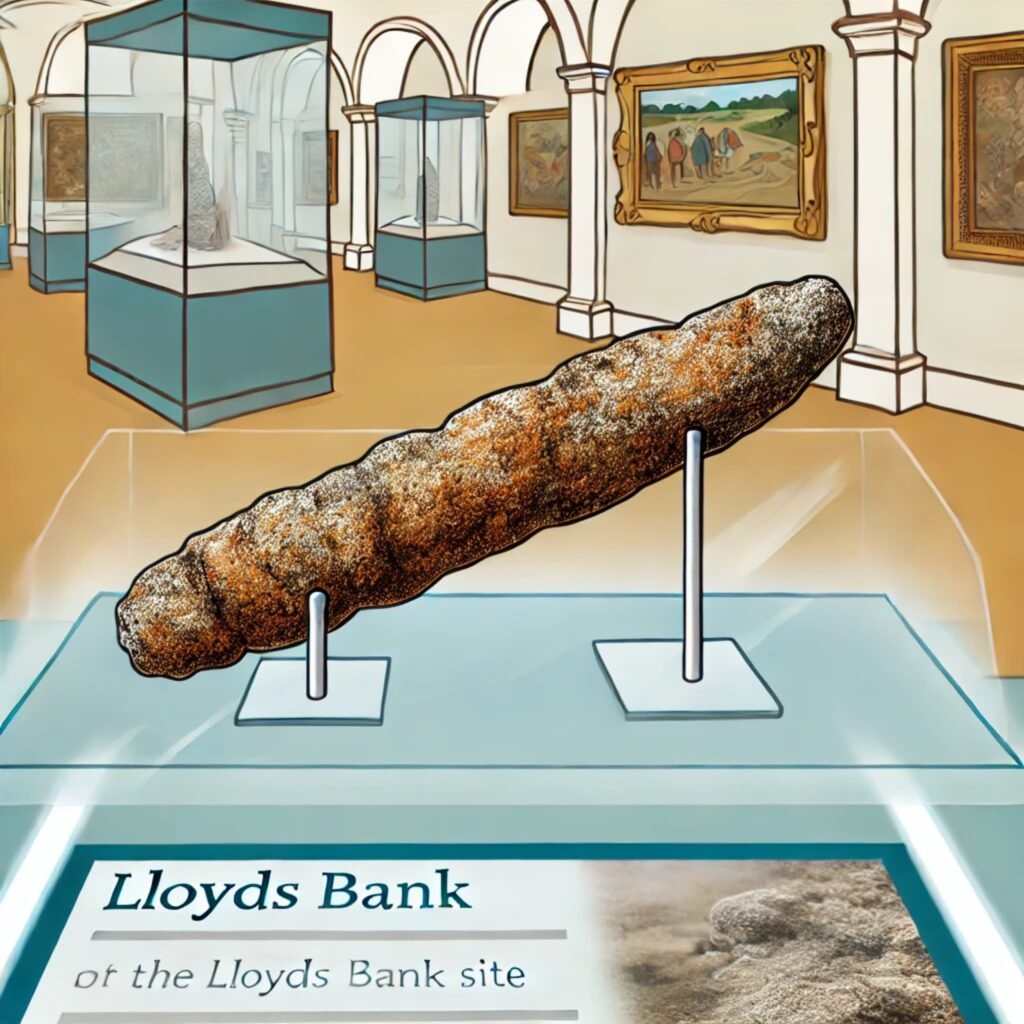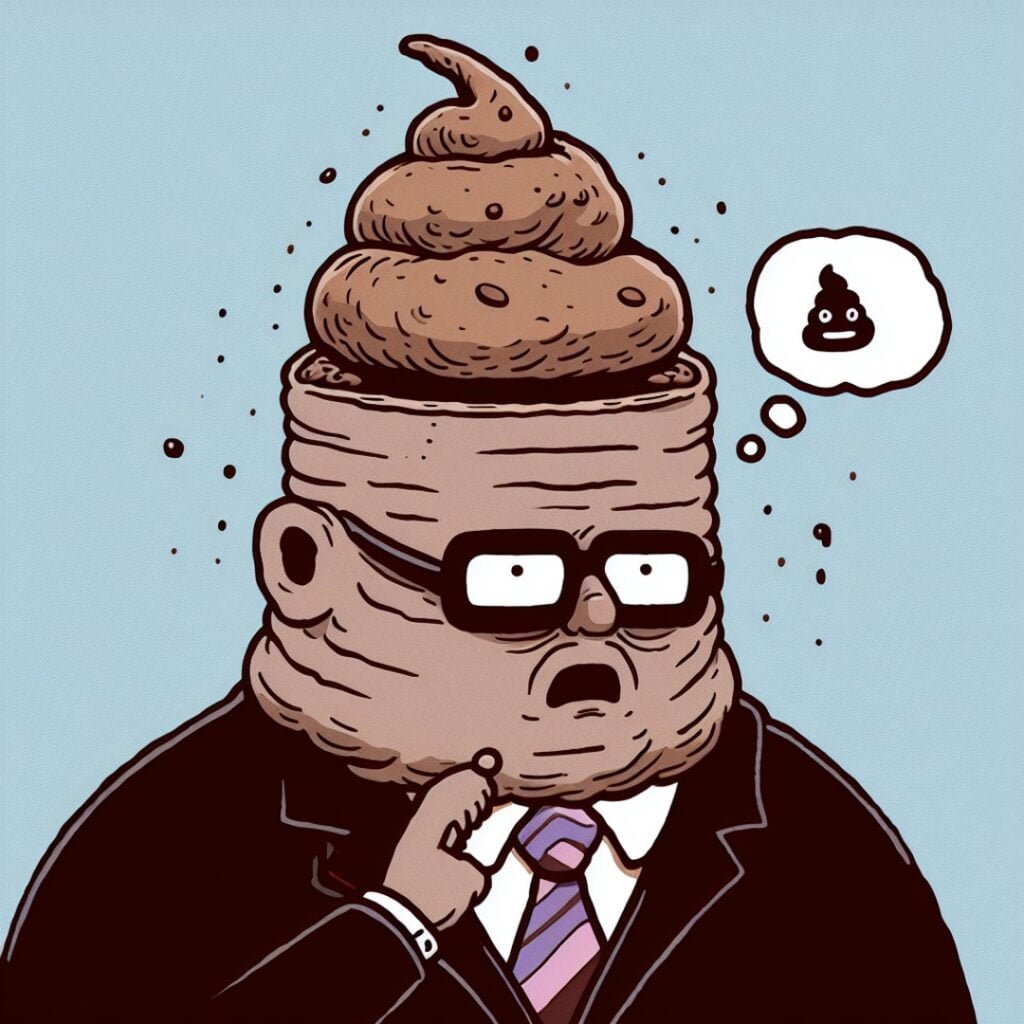
Viking Poop: Unraveling the Secrets of the Lloyds Bank Coprolite $39,000 Poo
The historic city of York in England is renowned for its rich archaeological finds, but one discovery stands out for its uniqueness and the secrets it holds—the Lloyds Bank coprolite. This fossilized Viking poop, the largest of its kind, offers remarkable insights into the lives of the Norse inhabitants of York over a thousand years ago.
Discovery of the Lloyds Bank Coprolite
In 1972, during the construction of a new Lloyds Bank branch on Pavement Street in York, a routine excavation turned extraordinary. Workmen stumbled upon a treasure trove of Viking artifacts, including an unusually large piece of fossilized human feces, now known as the Lloyds Bank coprolite. This coprolite measures a substantial 20 centimeters (8 inches) long and 5 centimeters (2 inches) wide, dating back to the 9th century AD.
The Significance of Viking Poop
Why is this ancient poop so important? For starters, it provides a direct link to the diet and health of a Viking individual from York. Analysis of the coprolite revealed a diet rich in meat and grains, with a notable absence of fruits and vegetables. The presence of whipworm and maw-worm eggs suggests that intestinal parasites were a common affliction among Vikings, highlighting the unsanitary conditions they lived in.
York’s Archaeological Layers
York’s soil is a veritable time capsule, preserving biological matter like leather, wood, and human waste. This unique preservation is due to the waterlogged and oxygen-free conditions of the soil, which prevent decomposition. The Lloyds Bank coprolite, being a solid, individual piece of feces, allows researchers to gain specific insights into the diet and health of a single Viking, unlike larger, mixed deposits found in communal latrines.
What We Learn from the Coprolite
The coprolite offers a snapshot of daily Viking life. It indicates that the Viking who produced it likely suffered from severe constipation, given its size and the absence of dietary fiber. This aligns with the analysis showing a diet predominantly of meat and grains. Additionally, the parasite eggs confirm that gut parasites were rampant among the Viking population due to poor hygiene.
The Journey to the Jorvik Viking Centre
Today, the Lloyds Bank coprolite is displayed at the Jorvik Viking Centre in York. Visitors can explore a replica of a Viking village and even experience the recreated smell of the ancient poop. The coprolite was chemically analyzed in 2001 to determine its original odor, adding an immersive olfactory experience to the museum.
Valuation of the Viking Poop
Despite its scientific and historical significance, the coprolite was valued at $39,000 for insurance purposes over 30 years ago. However, its true worth lies in the invaluable insights it provides into Viking life, diet, and health. The Jorvik Viking Centre treasures this rare artifact for its educational value, rather than its monetary worth.
The Lloyds Bank coprolite is more than just an ancient piece of poop. It is a window into the past, revealing the everyday life of a Viking in York. This remarkable find continues to educate and fascinate visitors, ensuring that the story of York’s Viking heritage remains alive.
For more information, visit the Jorvik Viking Centre.



